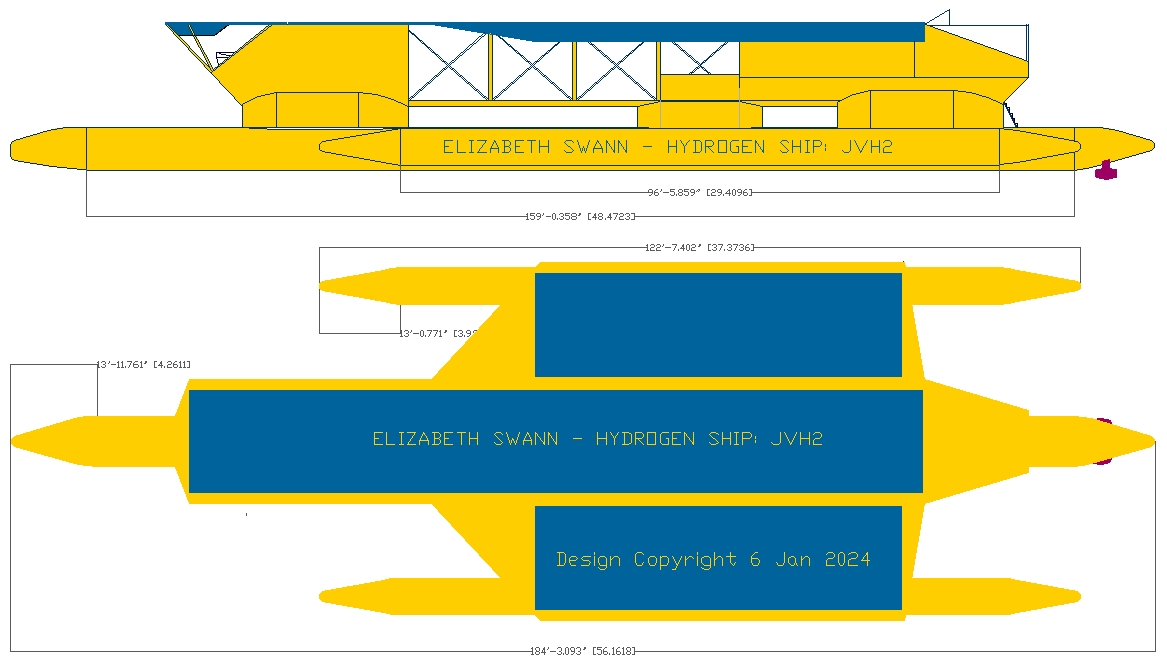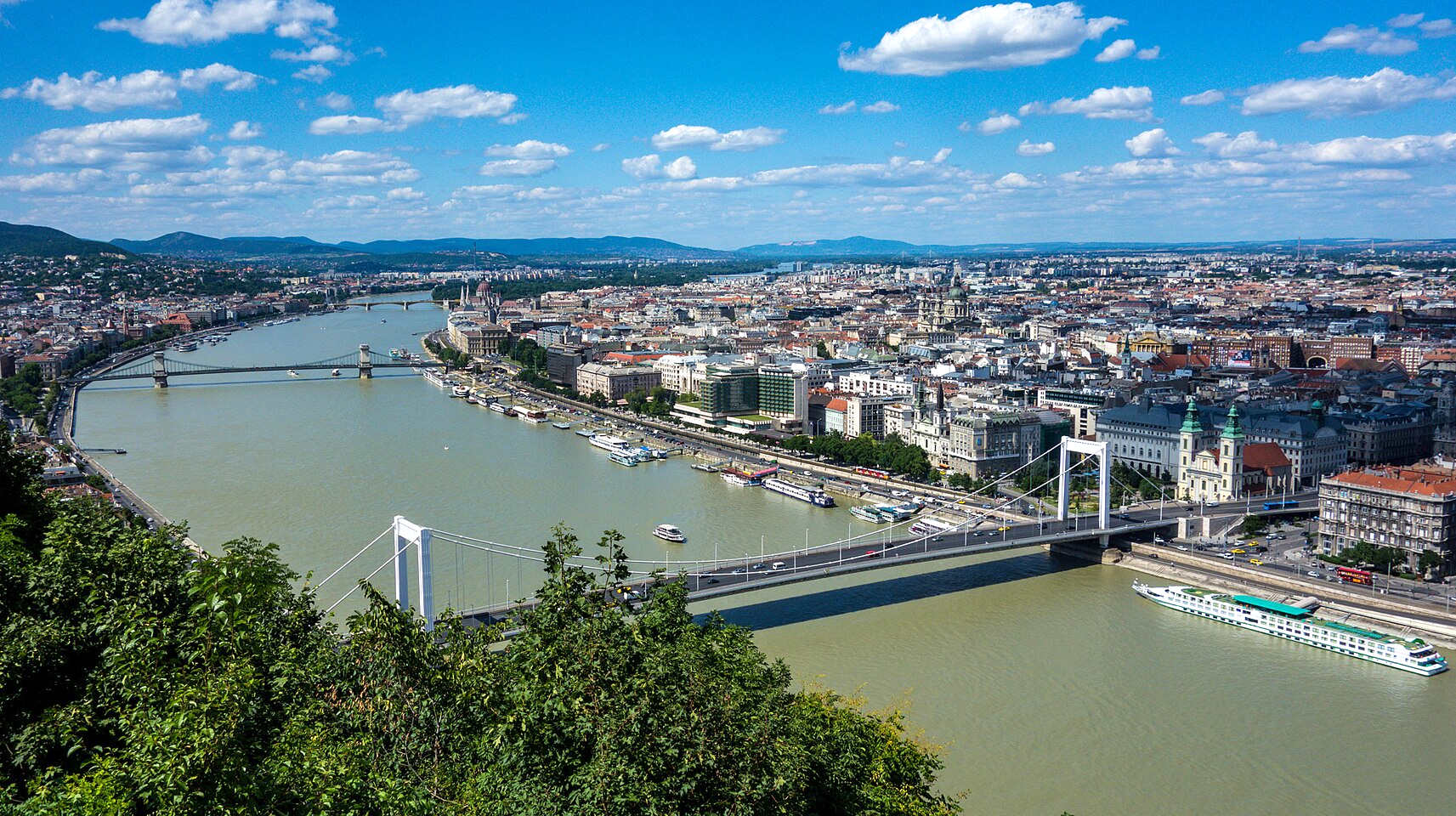|
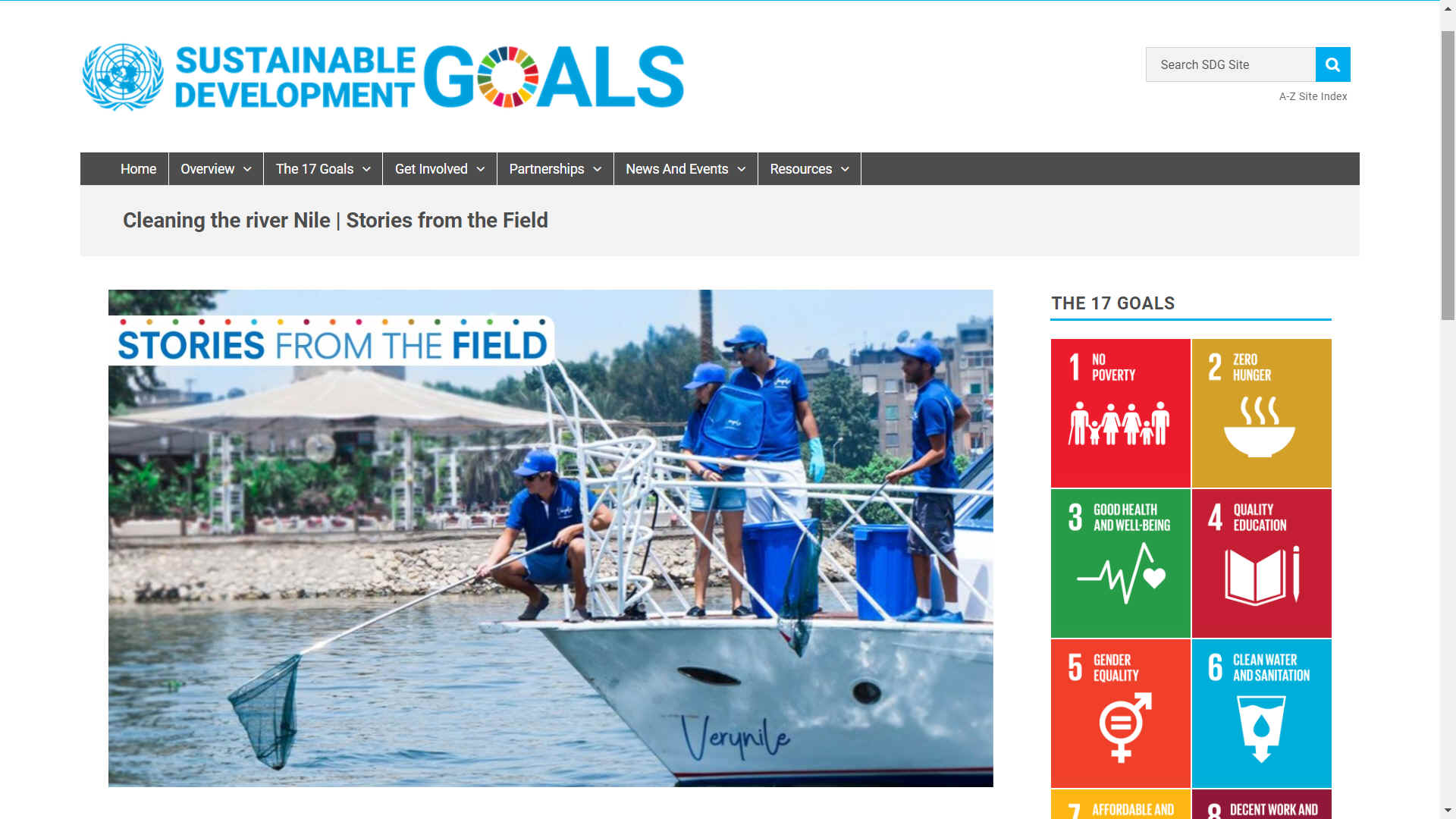
The
orange economy refers to the creative economy, or the production of goods and services that are based on intellectual property, technology, and cultural inspiration. Some examples of the orange economy are arts, media, design, software, and tourism. The color orange symbolizes creativity and innovation. River
cruises are classed as part of the orange economy. Sustainable
river cruises, such as using solar or hydrogen powered boats,
ferries or ships, is one of the United Nations agendas, and of
course, being on water; blue
growth.
The Moselle is a river that rises in the Vosges mountains and flows through north-eastern France and Luxembourg to western Germany. It is a left bank tributary of the Rhine, which it joins at Koblenz. A small part of Belgium is in its basin as it includes the Sauer and the Our.
Its lower course "twists and turns its way between Trier and Koblenz along one of Germany's most beautiful river valleys." In this section the land to the north is the Eifel which stretches into Belgium; to the south lies the Hunsrück. The river flows through a region that was cultivated by the Romans. Today, its hillsides are covered by terraced vineyards where "some of the best Rieslings grow". Many castle ruins sit on the hilltops above wine villages and towns along the slopes. Traben-Trarbach with its art nouveau architecture and Bernkastel-Kues with its traditional market square are two of the many tourist attractions on the Moselle river.
The source of the Moselle is at 715 m (2,346 ft) above sea level on the Col de Bussang on the western slopes of the Ballon d'Alsace in the Vosges. After 544 km (338 mi) it discharges into the Rhine at the Deutsches Eck in Koblenz at a height of 59 m (194 ft) above NHN sea level. The length of the river in France is 313 km (194 mi), for 39 km (24 mi) it forms the border between Germany and Luxembourg, and 208 km (129 mi) is solely within Germany.
The Moselle flows through the Lorraine region, west of the Vosges. Further downstream, in Germany, the Moselle valley forms the division between the Eifel and Hunsrück mountain regions.
The average flow rate of the Moselle at its mouth is 328 m3/s (11,600 cu ft/s), making it the second largest tributary of the Rhine by volume after the Aare (560 m3/s; 20,000 cu ft/s) and bigger than the Main and Neckar.
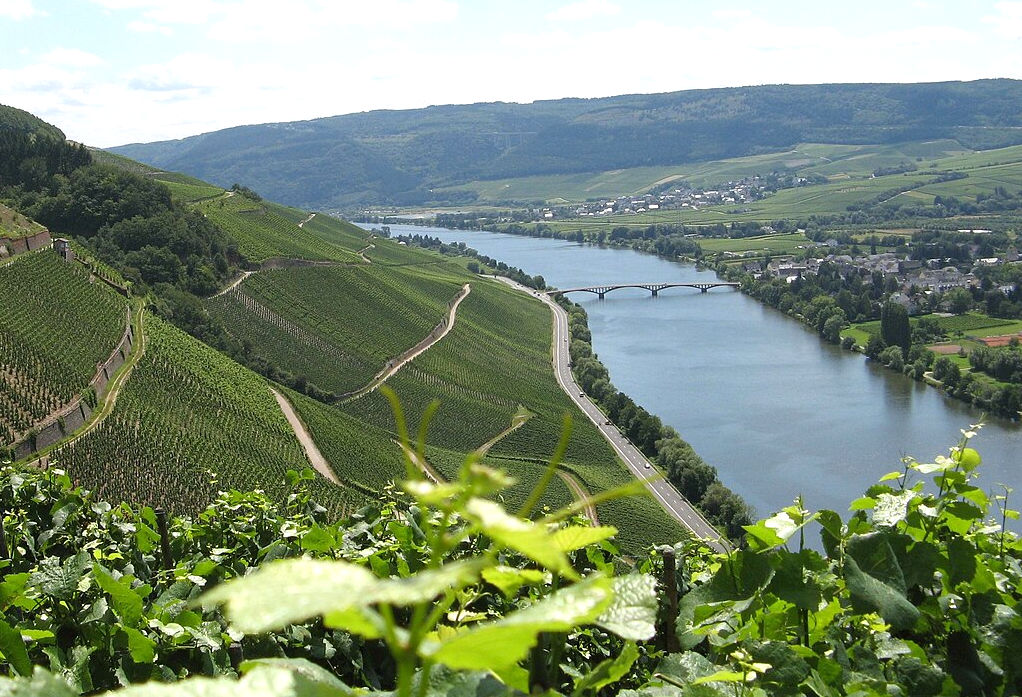
The Moselle was known to the
Romans
by the name of Flumen Musalla (in the Tabula Peutingeriana), and the river was romanticised by the poet Ausonius around 371. From 1815, the Moselle formed the border between the Grand Duchy of Luxembourg and Prussia (German Empire in 1871).
During World War II the Moselle was a barrier as the Allies advanced toward Berlin. In September 1944, the American Third Army in France mounted a drive to cross the Moselle at Dieulouard and split the German forces. Under the orders of Major General Manton S. Eddy, the 80th Infantry Division was given the objective of establishing a bridgehead that would allow Combat Command A (CCA) of the 4th Armored Division to advance into the rear of German forces and encircle the city of Nancy.
On September 13, 1944, the 80th Division launched their assault accompanied by extensive artillery and
air support, which helped to suppress the German defenses. The division managed to establish a foothold on the east bank of the river, securing a bridgehead at Dieulouard.
With the bridgehead secured, Combat Command A of the 4th Armored Division crossed the Moselle and advanced towards Nancy, encircling the city and cutting off German supply lines. The 80th Division continued its advance, pushing towards the northeast and engaging in fierce combat with German forces.
The operations to capture Nancy continued until September 15 when the city was liberated by the combined efforts of the 80th Infantry Division and the 4th Armored Division. The successful crossing of the Moselle River and the capture of Nancy dealt a significant blow to German defenses in northeastern France and further contributed to the Allied advance towards Germany.
In the act of 10 April 1952 ratifying the treaty instituted by the ECSC, Article 2 charged the French Government "to initiate, before the establishment of the Common Market, negotiations with the governments concerned in order to achieve a rapid implementation of the canalisation of the Moselle between Thionville and Koblenz.
The River was canalised between Metz and Thionville, via a canal opened in 1964 by the Grand Duchess, Charlotte of Luxembourg, the Federal Chancellor of Germany, Konrad Adenauer and their host, Charles de Gaulle, President of France.
It is on the Moselle, at the site of the France–Germany–Luxembourg tripoint, that the Schengen Agreement was signed in 1985, establishing the free movement of goods and people in the European Community.
ECONOMY
The Moselle valley between Metz and Thionville is an industrial area, with
coal mining and
steel manufacturers.
The Moselle valley is famous for its scenery and wine. Most well-known is the German Mosel wine region, while the Luxembourg winegrowing region is called Moselle Luxembourgeoise and the French region is called AOC Moselle. Most notable among the wines produced here are Riesling, Elbling, Müller-Thurgau, Kerner, and Auxerrois. The German part of the Moselle is a tourist destination.
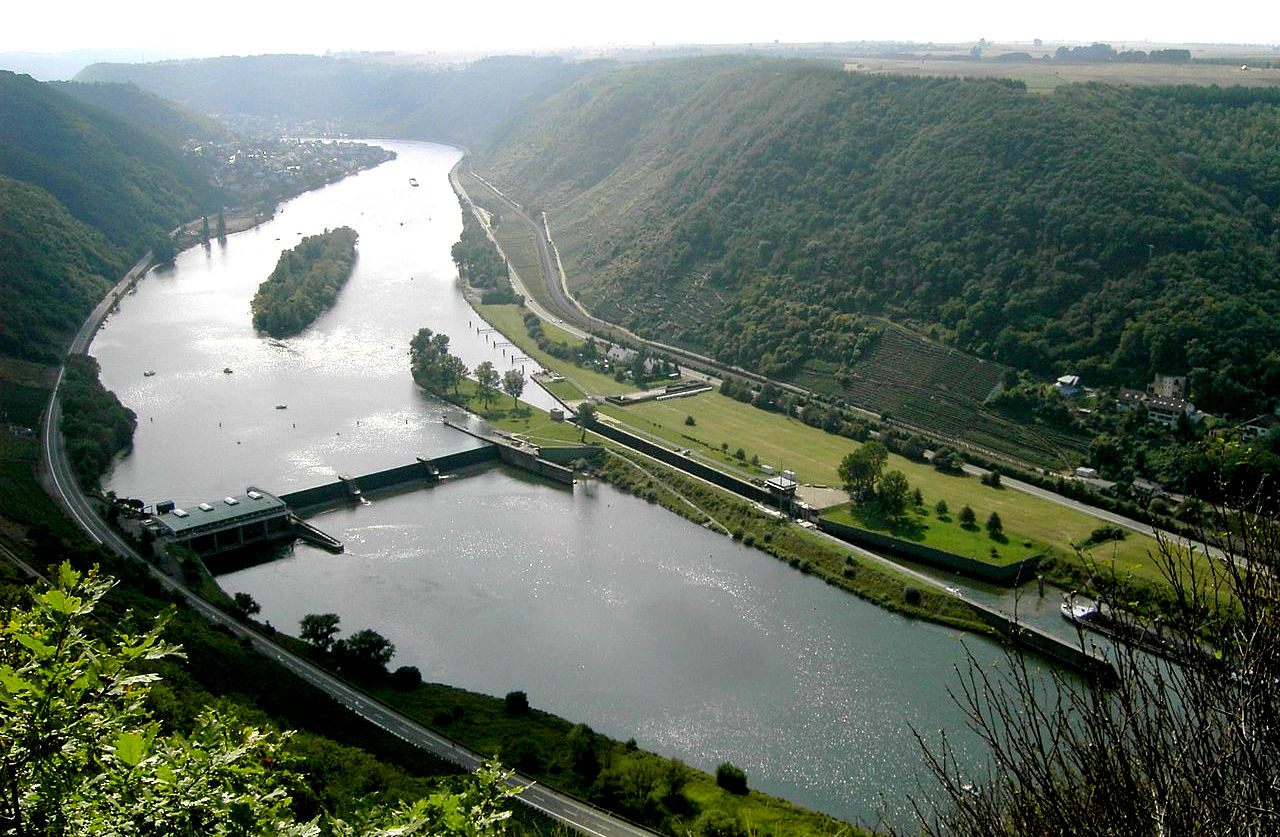
NAVIGATION
After the Second World
War, France pressed to be able to ply the Moselle with larger ships in order to be able to link the industrial regions of Lorraine. When, in 1955, the population on the Saar voted to belong to West Germany, France demanded as "compensation" an upgrade of the Moselle. On 27 October 1956 they concluded the Moselle Treaty with Germany and Luxembourg for a canalisation of the Moselle and conceded to Germany in return the extension of the Grand Canal d'Alsace on the Upper Rhine instead of an extension of the canal via Breisach. In 1958 work began and by 26 May 1964 the Moselle could be officially opened from Metz to Koblenz as a major waterway for shipping with 14 locks. France extended it by 1979 as far as Neuves-Maisons. With that, 394 km (245 mi) of the Moselle have been upgraded with a total of 28 locks. In the years 1992 to 1999 the navigable channel was deepened from 2.7 m (8 ft 10 in) to 3.0 m (9 ft 10 in), which enables 1,500-tonne freighters to use the river, a 20% increase in capacity. The channel has a width of 40 m (130 ft), more on the bends. The Moselle Commission, founded in 1962 with its head office in Trier, is responsible for
navigation. The Moselle Shipping Police Act which it has produced is valid in all three participant states from Metz to Koblenz.
In 1921 the Moselle (Mo) became a Reich waterway, today it is a federal waterway (Bundeswasserstraße) from Apach at the tripoint to its mouth on the Rhine at kilometre point 592.29 in Koblenz. The waterway is 242 km (150 mi) long and managed by the Trier and Koblenz
water
and Shipping Offices (Wasser- und Schifffahrtsämtern Trier und Koblenz). It is categorized as a European waterway of Class Vb. Its kilometrage begins at its mouth at kilometre point 0 and runs upstream. Since 1816 it has formed a 36 km (22 mi) long condominium from Apach, a common Germany–Luxembourg sovereign area with a division of responsibilities set out in a 1976 agreement. The International Moselle Company, initially set up in 1957 to finance the construction of the river's upgrade, manages the shipping charges and the operation and maintenance of the waterway which they are used to fund.
Today the Moselle is navigable for large cargo ships up to 110 metres (360 ft) long from the Rhine in Koblenz up to Neuves-Maisons, south of Nancy. For smaller ships it is connected to other parts of France through the Canal de la Meuse and the Canal de la Marne au Rhin. There are locks in Koblenz, Lehmen, Müden, Fankel, Sankt Aldegund, Enkirch, Zeltingen, Wintrich, Detzem, Trier, Grevenmacher, Palzem, Apach, Kœnigsmacker, Thionville, Richemont, Talange, Metz, Ars-sur-Moselle, Pagny-sur-Moselle, Blénod-lès-Pont-à-Mousson, Custines, Pompey, Aingeray, Fontenoy-sur-Moselle, Toul, Villey-le-Sec, and Neuves-Maisons.
By 1970 more than 10 million tonnes of goods were being transported on the Moselle, the majority on towed barges. Upstream freight mainly comprised fuel and ores; downstream the main goods were
steel products, gravel and rocks. There is an inland port at Trier, a transshipment site in Zell (Mosel); and there are other ports in Mertert, Thionville, Metz and Frouard. In addition to freighters there are also pleasure boats for tourists between the very busy wine villages and small towns of the Middle and Lower Moselle. There are also yachting or sports marinas in the following places: Koblenz, Winningen, Brodenbach, Burgen, Löf, Hatzenport, Senheim, Treis, Traben-Trarbach, Kues, Neumagen, Pölich, Schweich, Trier and Konz. The Moselle is linked near Toul via the Canal de la Marne au Rhin with inter alia the Meuse, the Saône and the Rhône. Other canals link the river to the
North Sea and even the
Mediterranean.
TOURISM
Through the Moselle valley run the Moselle Wine Route and the Moselle Cycleway, which may be cycled from Metz in France via Trier to Koblenz on the River Rhine, a distance of 311 km (193 mi). Between Koblenz and Trier, large sections run on the trackbed of the old Moselle Valley Railway, far from the noise and fumes of motor vehicles. Every year on the Sunday after Pentecost, the 140 km (87 mi) of road between Schweich and Cochem is also car-free as part of Happy Moselle Day.
A number of notable castles and ruins adorn the heights above the Moselle valley and many are visible on a boat trip on the Moselle.
In 1910, a hiking trail, the Moselle Ridgeway, was established which runs for 185 km (115 mi) on the Eifel side and 262 km (163 mi) on the Hunsrück side. Another unusual trail runs from Ediger-Eller via the Calmont Trail to Bremm through the steepest vineyard in Europe.
Before the construction of barrages the Moselle was a popular route for folding kayaks which is why many of the weirs have boat channels. The river is still used today by canoeists, especially during the annual week-long lock closures when no commercial shipping is permitted.
In April 2014 the Moselle Trail was opened, a path running for 365 km (227 mi) from Perl on the Upper Moselle to Koblenz. Numerous Moselle Trail "partner trails", the so-called side branches (Seitensprünge) and "dream paths" (Traumpfade) enhance the hiking network in the Moselle Valley.
The ADAC's Rallye Deutschland has taken place since 2000 in the vineyards along the Moselle at Veldenz, Dhron, Piesport, Minheim, Kesten, Trittenheim, Fell, Ruwertal and Trier.
At Koblenz Locks the Mosellum offers exhibitions about the migration of
fish in the Moselle as well as water ecology, navigation and power generation. With the construction of the visitor and information centre the most modern fish ladder along the Moselle was opened.
WINE
The Moselle winegrowing region lies along the Moselle with a cultivated area of about 10,540 ha (26,000 acres). The largest part, currently just under 9,000 ha (22,000 acres), is on German soil in the states of Rhineland-Palatinate and Saarland; the Luxembourg part has an area of about 1,300 ha (3,200 acres) (see Wine in Luxembourg). Upstream on the Moselle the vineyards extend into France as far as Seille in the region of Côtes de Moselle with an area of 130 ha (320 acres) and to the region around Toul (Côtes de Toul) covering 110 ha (270 acres).
The German Moselle wine region, including its tributaries, bears the growing and manufacturing name of "Mosel". For marketing reasons the
agricultural authorities of the region have divided it into six winegrowing areas. The wine literature and specialist press, by contrast, divide the region into four areas based on geomorphological, micro-climatic and also historical
reasons.
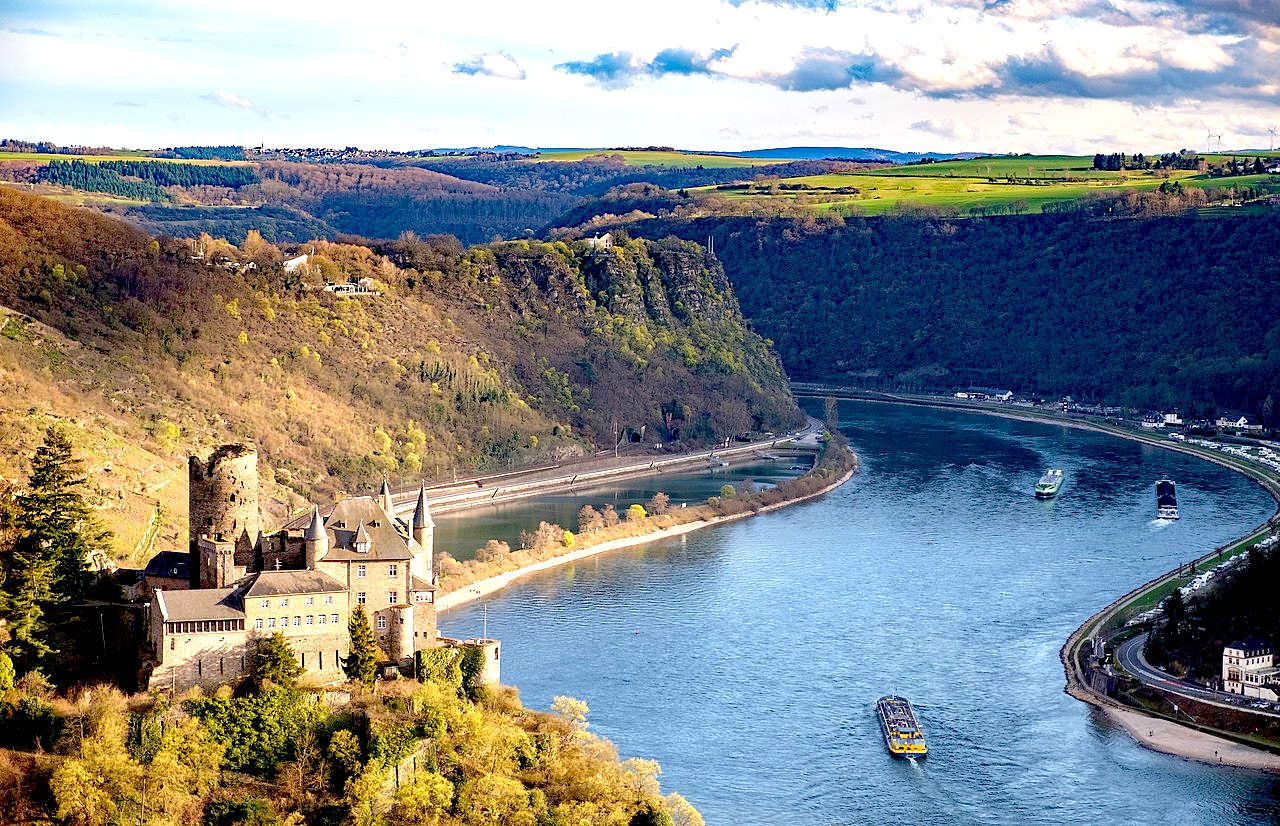
All
our oceans,
seas and rivers are now extremely polluted. This is partly to
do with our obsession with single
use plastic, and partly to do with our
reliance on fossil
fuels for marine transport, mostly subsidized, in denial
of alternative renewables like solar and green
hydrogen, or
green methanol clean energy.
MOST BEAUTIFUL & FAMOUS
EUROPEAN
RIVERS
Blue Danube - Black Forest to Black Sea
Don - Russia
Douro - Spain & Portugal
Elbe - Czech Republic & Germany
Loire
- Longest in France
Maine - France
Moselle - German
Po - Italy
Rhine - Germany
Rhône - Swiss Alps & France
Seine - Dijon France to English
Channel
Tiber - Italy
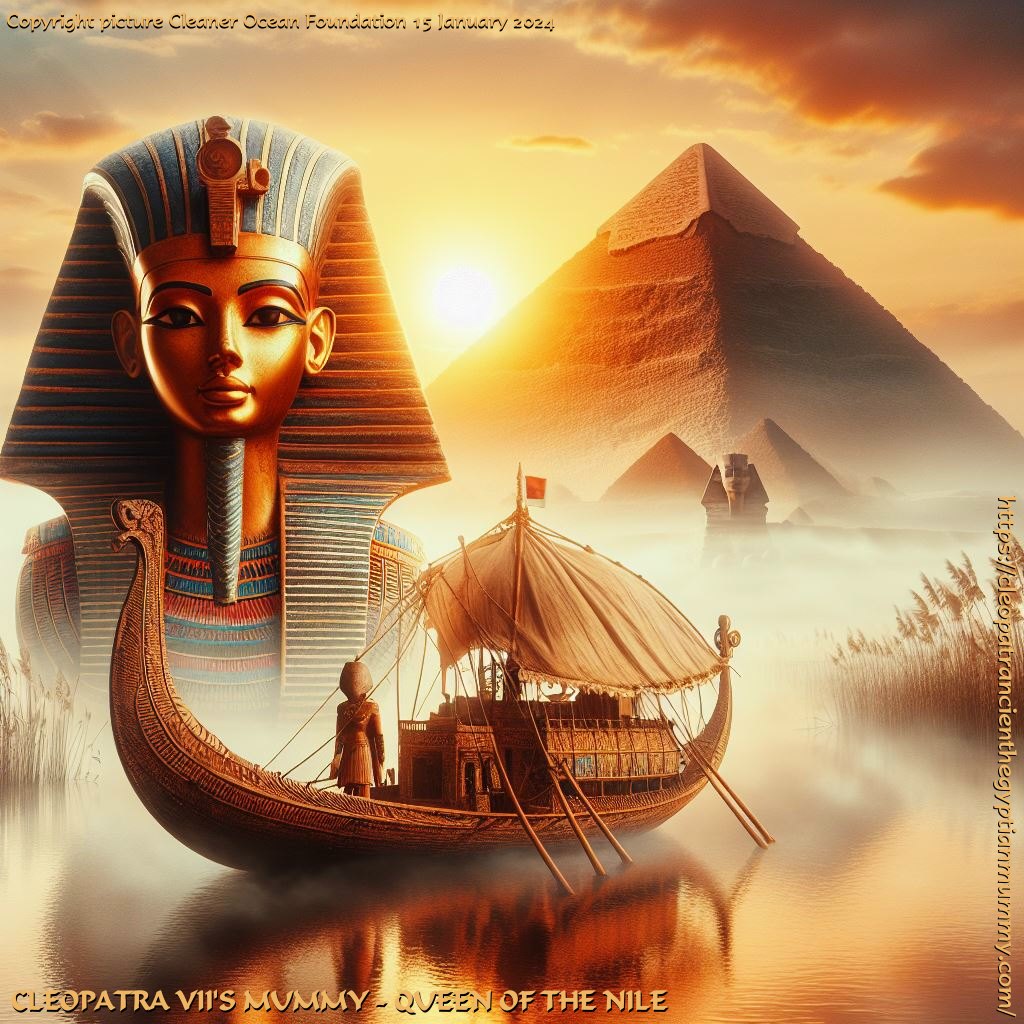
Since before the days of the
Pharaohs, the
River Nile has brought prosperity to the people living on its banks.
LINKS
& REFERENCE
https://
|




